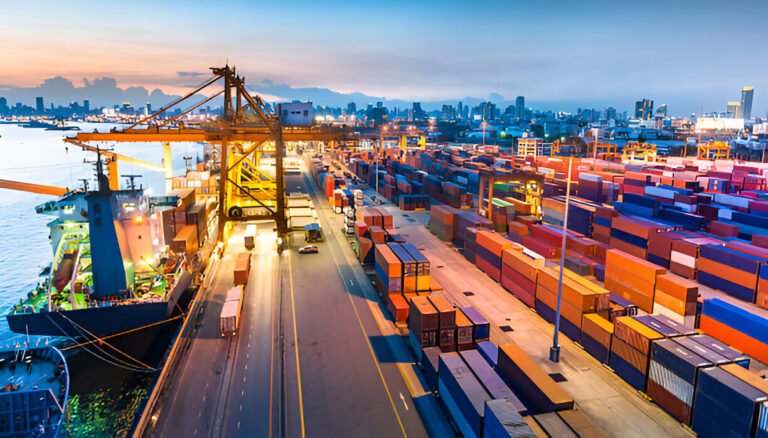Advantages of EOQ
What is EOQ? Economic order quantity is the optimal quantity of units a company should purchase while trying to keep the cost of inventory low. These costs are holding costs, ordering costs, and shortage costs. Keeping costs low is the goal of a company trying to make profits. The economic order quantity formula assumes that the cost of demand, ordering, and holding will remain constant at all times. The formula is:
EOQ = square root of [2(setup costs) (demand rate)] / holding costs.
The EOQ formula can be modified for order intervals or various levels of production. Companies with high variable costs and large supply chains use computer software to determine their EOQ.
EOQ is an especially important cash flow tool. It can help companies control how much money should be used for their inventory costs. What costs does EOQ help reduce: setup costs and holding costs. Setup costs are packaging, delivering, shipping, and handling. Holding costs are material handling costs, insurance costs, warehousing costs, and logistics costs. Seasonality and big sales also affect the accuracy of a company’s inventory. A reorder point automatically places an order once a company’s inventory hits a certain level. Investing in computer software that can manage inventory can save a lot of time and money. The computer software will keep track of the inventory and when it should use the safety stock for sudden increases in demand. Companies that buy materials in bulk benefit from this. If they have planned ahead, they can get quantity discounts and get the best bulk orders. Companies with perishable inventory can have schedules for when to order new inventory, so there is less waste.
Related: Future of Inventory Management
Disadvantages of EOQ
With advantages come disadvantages. Economic order quantity is extremely helpful, but it has its drawbacks as well. Demand is always constant and does not account for seasonal products. There are huge factors that change demand like pandemics and wars. Both ordering and holding are considered constant as well. These costs will change over time. There is no limit to the size of an order to the storage capacity. There is uncertainty about whether the warehouse is ready to receive an order. Due to COVID-19, lead time has been an issue in the supply chain. Demand is going up, but the lead time is not rising with it. The Economic order quantity is very beneficial and it has its limits.
References
Atef, E. (n.d.). scmdojo. Retrieved from scmdojo: https://www.scmdojo.com/economic-order-quantity-eoq-definition-and-advantages-problems/
Callarman, S. (n.d.). ShipBob. Retrieved from ShipBob: https://www.shipbob.com/blog/economic-order-quantity/#:~:text=To%20calculate%20the%20economic%20order,demand%20rate)%5D%20%2F%20holding%20costs.
FERNANDO, J. (n.d.). Investopedia. Retrieved from Investopedia: https://www.investopedia.com/terms/e/economicorderquantity.asp#toc-limitations-of-eoq

Aftab Khan is a logistics specialist with over forty years of experience in all aspects of supply chain and logistics management. He is an engineer by training and holds an MBA, besides several certifications from APICS/ASCM, ISCEA, and BRASI. Mr. Khan is the Executive Director of Business Research and Service Institute LLC, USA.









2 Responses
Very informative…
Wobderful program! An essential tool fоr anyy investigations